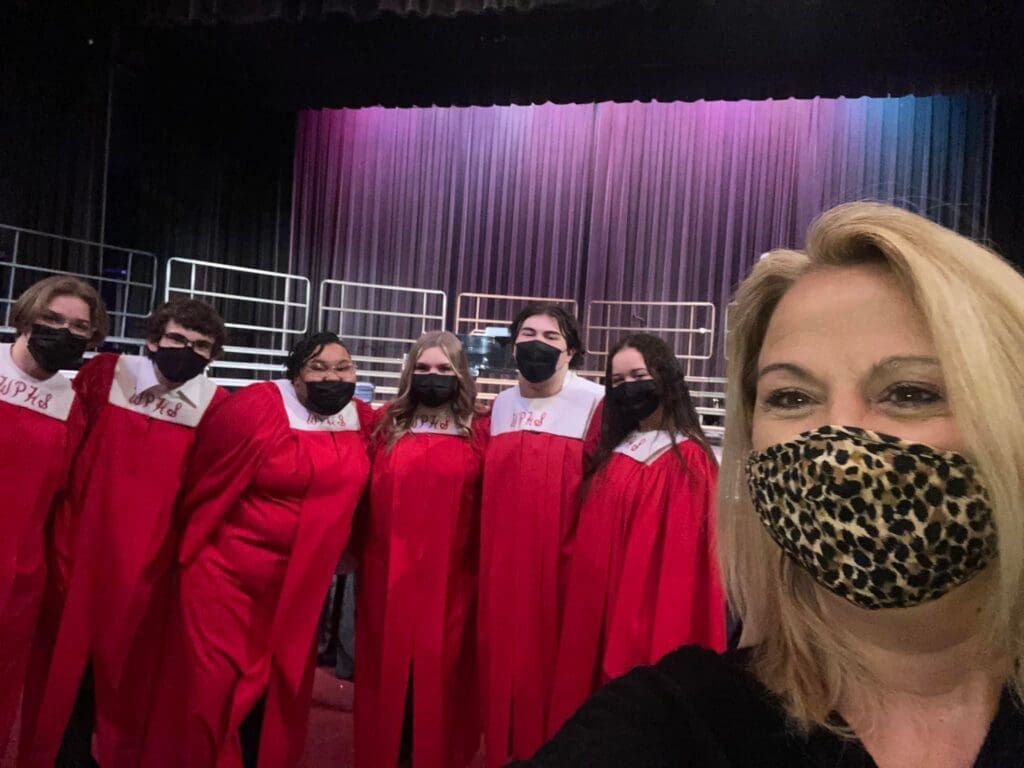Lost learning was suspected while all students were remanded to their homes instead of their classroom during the first year of the pandemic, but now that issue has been realized by teachers in Ohio County Schools.
According to David Croft, the president of the Board of Education, every student in all grades is being monitored to evaluate the areas where a child may have struggled the most while attempting to learn on online platforms. The goal, of course, is to erase the learning loss.
“It has been confirmed that there is no better learning environment than being in school, and we found that to be true when it comes to our students, and the biggest challenge we have now is getting our arms around that learning gap,” he admitted. “Our students and their progress this year are being monitored so our educators know how best to address the deficiencies they see. But the learning loss is very real, so our teachers are doing everything they can.
“That learning gap is different for each of our students because some of them did very well when everything was online, but others did not,” Croft explained. “That’s why this process is an individual process, and our educators have been doing a tremendous job. They know how important it is to address what was lost so they can continue their education far more prepared.”
Another reality of virtual learning, Croft said, was the negative social impact on the children.
“It’s one of the reasons I support getting more counselors for our students to talk to is because the isolation they endured was for such a long time. Socially, it was devastating for a lot of young people,” the board president said. “One of the most stunning things I have heard was on the statewide news, and there was a family that fell off the radar for nearly six months because of the pandemic, and that could not have been a good thing for anyone involved.
“Here in Ohio County, our educators and administrators initiated welfare checks for students who had not interacted online for an extended time, and it was awful,” she said. “We had educators knocking on doors trying to find their students, and we had a lot of employees making sure there was access to the food they normally would get during their days at school.”

Night and Day
During the majority of the 2020-21 academic year, most of the 5,000 students who attended classes in one of the 13 schools in Ohio County’s public education system were forced to perform the work online instead of in person. At some points, the children were permitted in the buildings, but that all depended on the state’s color-coded Covid Alert Map.
If the number of active Covid cases in Ohio County determined “red” or “orange” designations, the pupils were forced to return home and stay there.
“Last year, I remember waking up each day wondering what was next to happen, or what was the next new rule or mandate,” Croft remembered. “We were doing our best to stay in front of all it, but working in crisis mode every single day is not an effective way to educate. When we started this current school year, it felt pretty good because we knew how to go about what we needed to do, but then the Omicron variant led to another spike.
“I am now seeing a light at the end of the tunnel because, in mid-January, we had more than 600 Covid cases in Ohio County, but now that number is below 100,” he reported. “There also is plenty of access to knowing whether you have Covid now because a lot of people received the home tests, and Roxby Labs has continued to test, as well. Plus, the lower number of cases has allowed for optional masks in our schools right now.”

Although in mid-March the pandemic will enter its third year, Croft believes the students, teachers, administrators, and service personnel employees all have returned to normal as much as possible.
“When I look at this year and compare it to last year, I realize how awful last year was for education,” he said. “Again, the best scenario is for the students to be in their classrooms, but that was not possible for a long time. Prior to the pandemic, one of the most impressive things I’ve seen was when I was touring Madison School, and I saw a classroom with different kinds of seating for the students.
“There were yoga balls, a tradition desk with a chair, bean bag chairs, and just a variety of seating options, and the teacher would walk through that classroom and that meant the educator was usually closer to the student than they normally would be,” Croft added. “Right when they were getting into that seating program, the pandemic started, and since it’s not been possible. I hope we can get back to that program and several others that were interrupted because I believe they will increase the learning taking place and will address that gap in education even more.”


